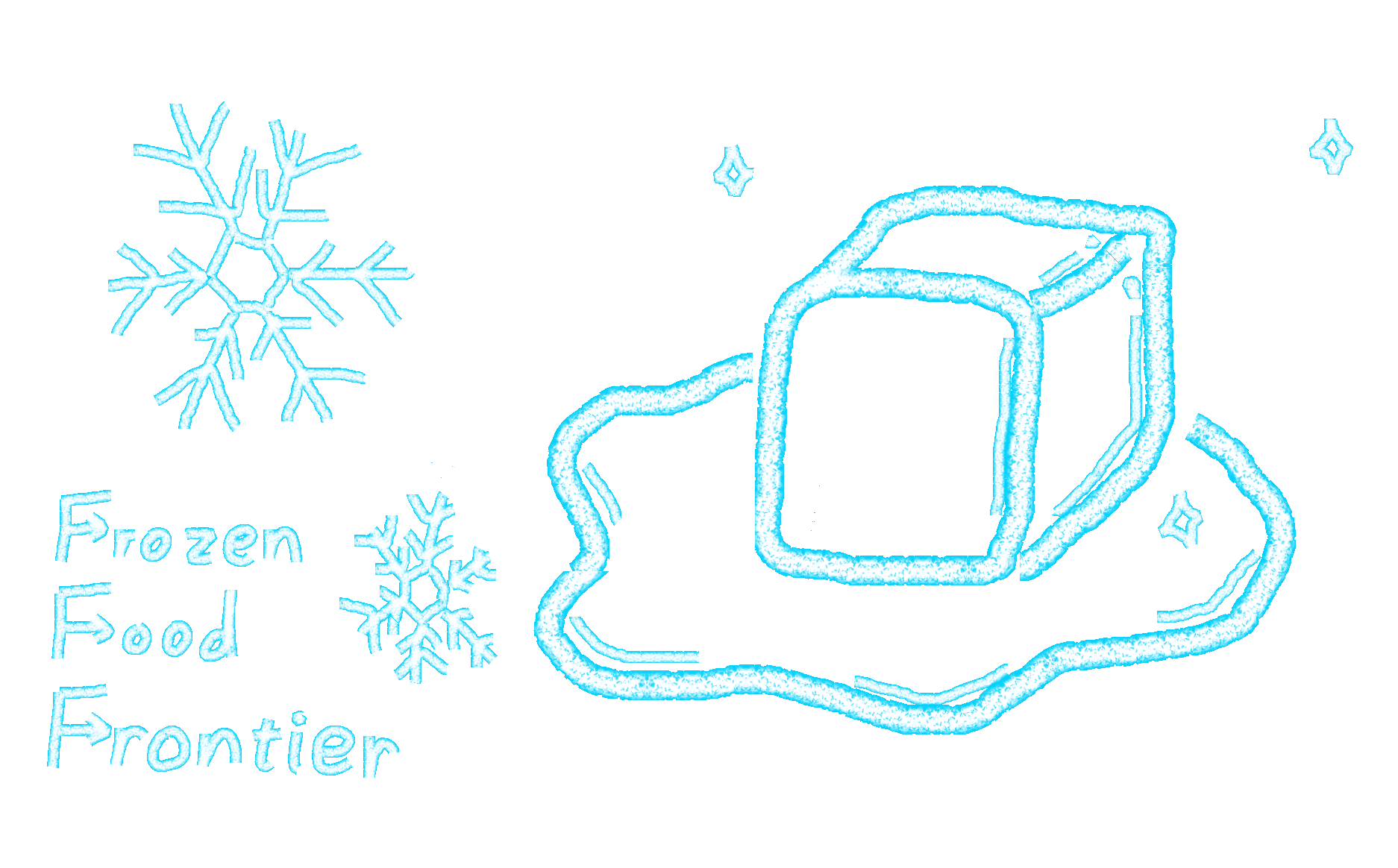Thought
As more and more people are eating at home due to the COVID-19, frozen foods have come into the spotlight again. Frozen foods have become very familiar in our daily lives, as they are easy to eat, tasty, and not too tricky to prepare.
Today, 100 years after the dawn of Japan's frozen food industry, dramatically improved freezing technology is being used in a variety of fields. In particular, quick freezing is high technology in itself.
Frozen foods have also evolved along with the improvement in technology. They are now more delicious and convenient than ever before.
In the future, when global warming occurs and food shortages occur, there may come a time when we will consider stockpiling food in frozen form. In order to reduce the cost of the energy needed for frozen stockpiling, we will have to consider where we can get it from nature. For example, if we want to use solar power, we need to consider a flat area with good weather and sunshine, if we want to use offshore wind power, we need to consider a location near the coast, and if we want to reuse plowed snow, we need to consider a location with heavy snowfall.
Frozen foods and technology are still evolving. The enthusiasm of manufacturers to meet the needs of consumers has never waned. I believe that frozen foods will continue to be an established way of cooking in the future.
Although this is a work that participated in the "National Junior High and High School Web Contest," it thoroughly elucidated the frontier of the frozen food industry from the perspective of a high school student. We hope that more people will learn about the appeal of frozen foods and freezing technology.

From creators
